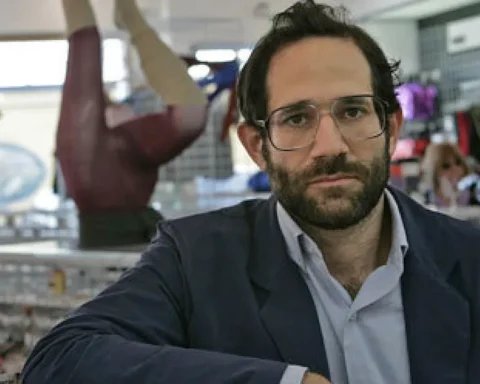The Mysteries of DNA Repair: PARP1 and Proteins in Molecular Biology
Embarking on a journey into the fascinating world of molecular biology opens up a realm of intricate processes governing life at its core. One of the key players in this intricate dance of cellular machinery is DNA repair – the guardian of our genetic blueprint. In this beginner’s guide, we’ll delve into the essential components of DNA repair, focusing on proteins and the crucial role of PARP1.
Understanding DNA Repair:
DNA, the blueprint of life, is not immune to damage. Everyday factors like exposure to radiation, environmental toxins, and even normal cellular processes can cause damage to this delicate molecule. That’s where DNA repair mechanisms come into play. They act as the cellular repair crew, diligently fixing errors and preserving the integrity of our genetic information.
Proteins in DNA Repair:
Proteins are the workhorses of molecular biology, and when it comes to DNA repair, they play pivotal roles in identifying, binding to, and repairing damaged DNA strands. These proteins act as molecular detectives, constantly patrolling the cellular environment for signs of trouble. There are various types of proteins involved in different stages of the DNA repair process.
Transitioning to PARP1:
One standout player in the DNA repair orchestra is Poly(ADP-ribose) polymerase 1, commonly known as PARP1. This enzyme takes center stage in the intricate ballet of repairing damaged DNA. PARP1 is like the conductor, orchestrating the repair process by detecting DNA breaks and facilitating the recruitment of other repair proteins to the site of damage.
PARP1 in Action:
When DNA breaks occur, PARP1 steps in to assess the situation. It binds to the damaged DNA, initiating a series of events that lead to the recruitment of repair proteins. Think of PARP1 as the first responder at the scene of a molecular emergency, signaling for help and coordinating the efforts of the repair team.
Active Role of PARP1:
PARP1 doesn’t stop at merely signaling for help. It actively participates in the repair process by adding chains of ADP-ribose molecules to itself and other target proteins. This modification serves as a molecular beacon, guiding other repair proteins to the damaged site. In essence, PARP1 is the maestro, ensuring the repair orchestra plays in harmony to mend the broken DNA strands.
Collaboration of Proteins in Repair:
DNA repair is not a solo performance; it’s a collaborative effort involving a myriad of proteins. Once recruited by PARP1, these proteins work in synergy to repair the damaged DNA. Each protein has a specific role – some excise and remove damaged segments, while others fill in the gaps with new DNA strands. Together, they restore the genetic code to its original state.

The Importance of Active Voice in Molecular Biology:
In understanding these intricate processes, the use of active voice is paramount. Active voice imparts a sense of immediacy and engagement, allowing beginners to grasp the dynamic nature of molecular events. Rather than saying, “Proteins are recruited by PARP1,” we can say, “PARP1 recruits proteins,” creating a clearer picture of the active involvement of each molecular player.
Conclusion:
As we conclude this beginner’s guide to DNA repair, proteins, and the role of PARP1 in molecular biology, we’ve unraveled a small part of the intricate tapestry that governs life at the cellular level. DNA repair is a meticulously orchestrated process, with proteins acting as the skilled performers and PARP1 as the conductor ensuring harmony.
The journey into molecular biology is an ongoing exploration, and understanding the basics of DNA repair sets the foundation for delving deeper into the mysteries of life. So, as you navigate through the intricate dance of DNA repair, remember that each protein has a role, and PARP1 is the conductor leading the symphony of cellular repair. Happy exploring!






